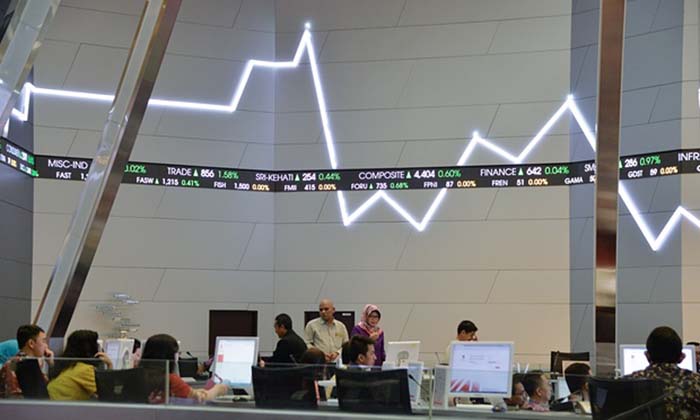“Six years after the world economy emerged from its broadest and deepest postwar recession, a return to robust and synchronised global expansion remains elusive,” said Maurice Obstfeld, the IMF’s economic counsellor.
“Despite considerable differences in country-specific outlooks, the new forecasts mark down expected near-term growth rates marginally, but nearly across the board. Moreover, downside risks to the world economy appear more pronounced than they did just a few months ago.”
The IMF’s world economic outlook (WEO) predicted the US would have the strongest growth of the leading G7 industrial nations in both 2015 and 2016, at 2.6% and 2.8%, respectively. Britain is expected to be the second-fastest growing G7 nation, although output growth is predicted to slow from 2.5% to 2.2%.
None of the other G7 countries – Germany, France, Italy, Japan and Canada – is predicted to post growth as high as 2% in either 2015 or 2016.
“Recovery is most advanced in the US and the UK, where monetary policy looks likely to tighten soon, but is more tentative in the euro area and Japan,” Obstfeld said.
The WEO accepted that the IMF has been consistently over-optimistic in its predictions for the global economy. “Growth has fallen short of forecasts over the past four years,” it said, noting that on average the IMF had over-estimated expansion by one percentage point a year.
“The main medium-term risk for advanced economies is a further decline of already-low growth into near stagnation, particularly if global demand falters further as prospects weaken for emerging market and developing economies,” the WEO said. “In this context, persistently below-target inflation could become more entrenched.”
Growth in the advanced countries of the west is forecast to pick up slightly, from 1.8% in 2014 to 2% in 2015. But this has been more than offset by a slowdown in the rest of the world, where growth is expected to fall from 4.6% to 4%.
“Global growth remains moderate – and once again more so than predicted a few months ago.”
The IMF said the stronger advanced economies – the US and the UK – were likely to be the first to raise interest rates, with the first increase predicted in late 2015 for the US and in 2016 for the UK.
“The process of normalising monetary policy in the United States and the United Kingdom is assumed to proceed smoothly, without large and protracted increases in financial market volatility or sharp movements in long-term interest rates.”
Following the share price falls in financial markets in August, the IMF said it was important that emerging market countries were prepared for a rise in US borrowing costs. Leading western countries that still had spare capacity following the recession of 2008-09 should continue to provide stimulus, through a combination of ultra-low interest rates, the money creation process known as quantitative easing, and public spending on capital projects. It said that “the case for infrastructure investment seems compelling at a time of very low long-term interest rates. Investment is one way to enhance potential growth, but targeted structural reforms can also play an important positive role.”
Emerging market economies such as China were the main source of growth in the immediate aftermath of the 2008-09 slump, but the IMF said the outlook was weakening, with growth projected to decline from 4.6% in 2014 to 4% in 2015 – the fifth annual decline in a row. China’s growth is expected to match earlier IMF forecasts but recessions in Brazil and Russia are now on course to be worse than previously estimated.
The WEO listed a number of potential risks – financial market turmoil; lower potential output; a hard landing in China; the impact of lower commodity prices on commodity-exporting nations; a strengthening of the US dollar; geo-political unrest; and secular stagnation. “The distribution of risks to global growth remains tilted to the downside,” it said.
Oil prices are projected to increase gradually, from an average of $52 a barrel in 2015 to about $55 a barrel in 2017. In contrast, non-fuel commodity prices are expected to stabilise at lower levels after recent declines in both food and metal prices.” Lower oil prices are expected to result in inflation in advanced countries declining from 1.4% in 2014 to 0.3% in 2015.
More about:
















































